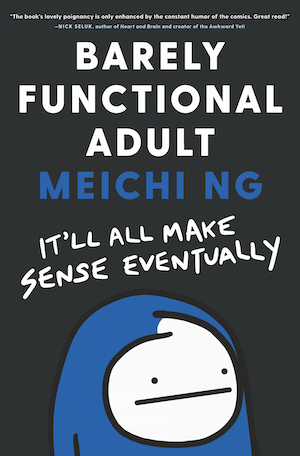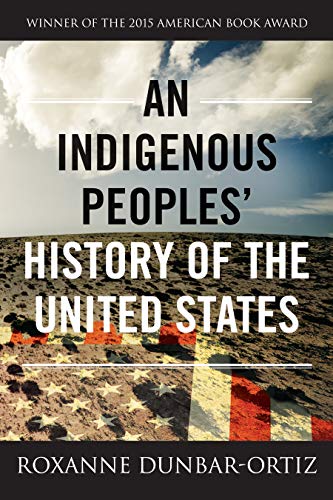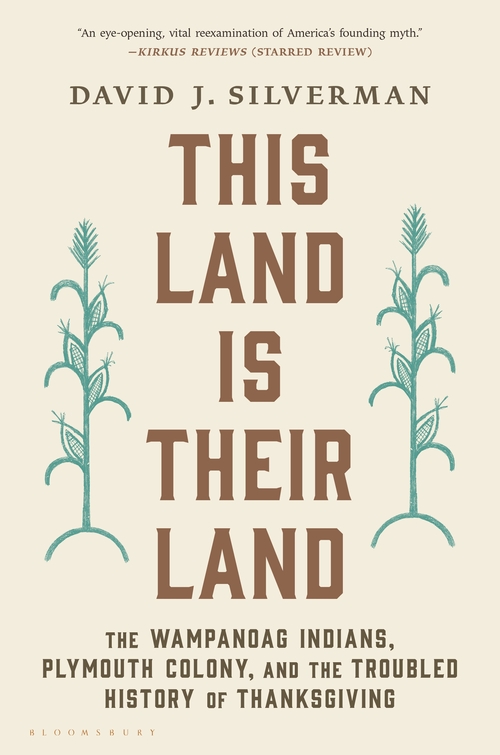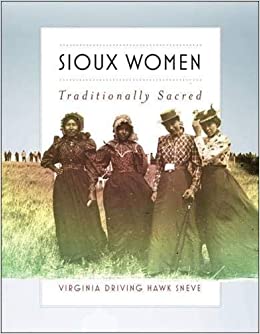Sponsored by Barely Functional Adult by Mechi Ng and Harper Perennial
From the creator of Barely Functional Adult, a painfully relatable webcomic with over 130k followers on Instagram, comes a never-before-seen collection of incriminating short stories about exes, murder, friendship, therapy, anxiety, Hufflepuff, sucking at things, freaking out about things, calming down momentarily, melodrama, wrinkles, pettiness, and other wonderful delights.
In this beautiful, four-color collection Meichi perfectly captures the best and worst of us in every story, allowing us to weep with pleasure at our own fallibility. Hilarious, relatable, and heart-wrenchingly honest, Barely Functional Adult will have you laughing and crying in the same breath, while taking solace in the fact that we’re anything but alone in this world.
The history of Thanksgiving is, of course, a loaded topic. If you grew up around when I did (or are older!), you might be familiar with the Thanksgiving play in the movie Addams Family Values, where Wednesday plays Pocahontas (Jamestown! Pocahontas was at the Jamestown settlement!) and says to the Pilgrims:
“You have taken the land which is rightfully ours. Years from now, my people will be forced to live in mobile homes on reservations; your people will wear cardigans and drink highballs. We will sell our bracelets by the roadside; you will play golf and enjoy hot hors d’oeuvres. My people will have pain and degradation; your people will have stick-shifts. The gods of my tribe have spoken. They have said, ‘Do not trust the Pilgrims, especially Sarah Miller.’”
So we’re going to focus on Native American history today. With a lean towards early American history (17th/18th centuries).
An Indigenous Peoples’ History of the United States by Roxanne Dunbar-Ortiz
This covers from the 1600s to the 2010s, and looks at United States history from some of the “more than five hundred federally recognized Indigenous nations” that still exist. It goes from colonization to imperialism and beyond. Shorter than 300 pages, this might be a good beginning-of-2021 read for your list.
Mayflower: A Story of Courage, Community, and War by Nathaniel Philbrick
This book totally changed my ideas about the Pilgrims and early America. There can be a tendency to harken back to when everyone was kinder and better, etc, but the more you study history, the more you learn that people have always been horrible (and good! but also horrible). I will never think of Miles Standish the same way again.
This Land Is Their Land: The Wampanoag Indians, Plymouth Colony, and the Troubled History of Thanksgiving by David J. Silverman
The story of Thanksgiving is basically the story of a group of religious fanatics who came to a place where other people lived and then promptly started starving to death because they didn’t know how to farm the crops there. I grew up rolling my eyes at this “liberal” version of the story, but then I became an adult and read what is reported to have actually happened, and yep. Historian Silverman looks at what led to the Wampanoag/Pilgrim alliance and what destroyed it.
Sioux Women: Traditionally Sacred by Virginia Driving Hawk Sneve
We know there’s a tendency to speak of Native Americans as one cohesive unit, when that is categorically false. In Sneve’s book, she focuses on how “Sioux women are the center of tribal life and the core of the tiospaye, the extended family. They maintain the values and traditions of Sioux culture, but their own stories and experiences often remain untold.” For this hundred page read, she combed through “the winter counts” and oral records of her ancestors to discover their past.
That’s it for this week! For more nonfiction reads, check out the For Real podcast which I co-host with the excellent Kim here at Book Riot. If you have any questions/comments/book suggestions, you can find me on social media @itsalicetime. Until next time, enjoy those facts, fellow nerds.




